IC342, The Hidden Galaxy
Infrared photo taken by Wide-field Infrared Survey Explorer (WISE). The result of infrared make it appear bluish-green.
-
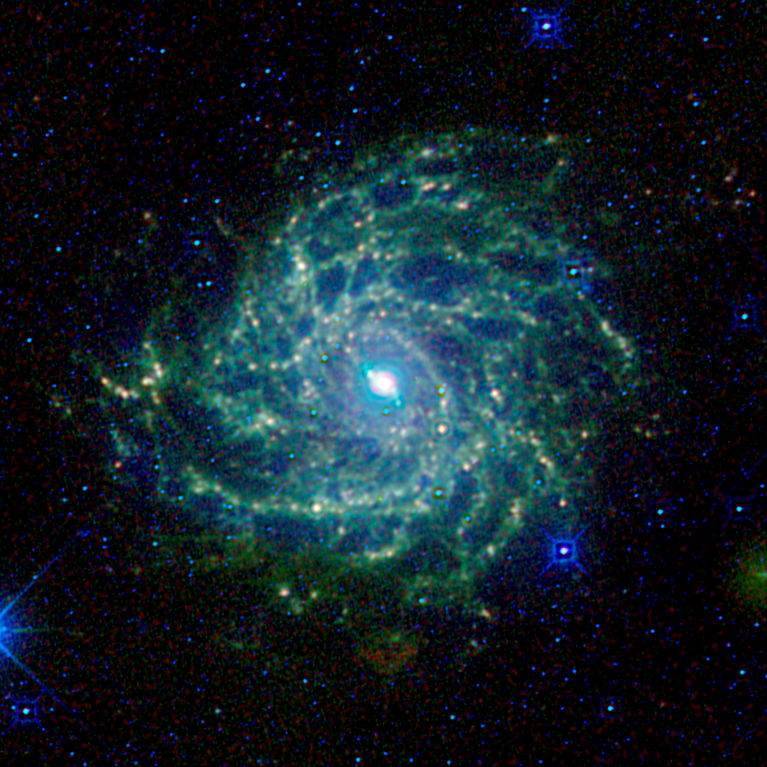
-
Source
Description
Sometimes called the Hidden Galaxy, this spiral beauty is shrouded behind our own galaxy, the Milky Way. Stargazers and professional astronomers have a hard time seeing the galaxy through the Milky Way's bright band of stars, dust and gas. WISE's infrared vision cuts through this veil, offering a crisp view. The nucleus is very bright at infrared wavelengths, due to a burst of new stars forming there. The Hidden Galaxy is located about 10 million light-years away in the constellation Camelopardalis, and is 62,000 light-years across.
The colors used in all of these image represent specific wavelengths of infrared light. Blue and cyan represent 3.4- and 4.6-micron light, mainly emitted by hot stars. Green and red represent 12- and 22-micron wavelengths, primarily light emitted from warm dust.
-WISE





















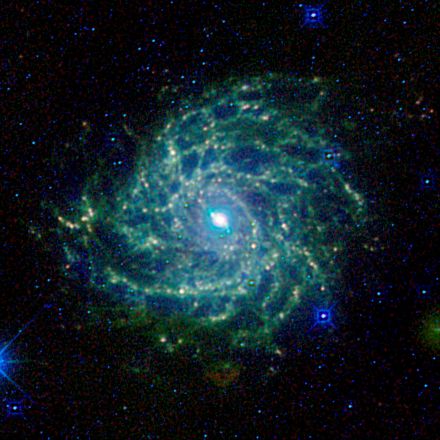
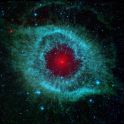

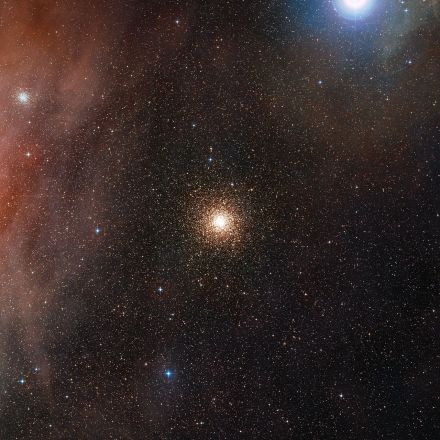
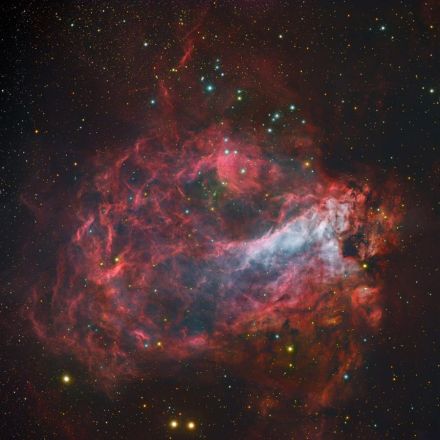

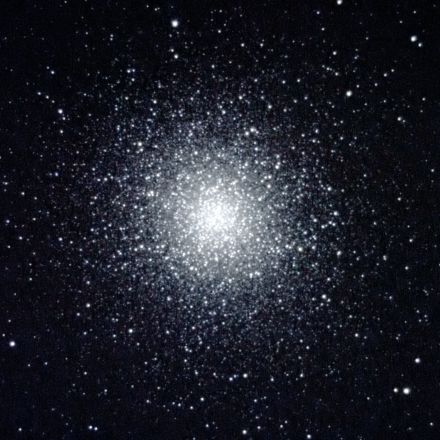
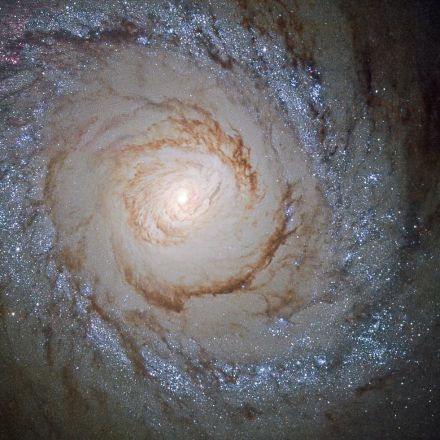
Join the Discussion
This is such a fantastic image - this is going to sound bizarre, but when I think of the 'awesome/interesting' EM spectrums, I usually think of ultraviolet and above (possibly because of how terrifying things like gamma rays and cosmic rays are). Infrared is just...boring. I can see it coming from the elements on my stove, you know?
But this is just great. I also really, really appreciate the description you put below. While I don't forget that these images are usually colorized artificially, the explanation gives me much more to think about.
I know! Infrared is in the direction of radio, which is so... last century. UV and X-rays and Gamma Rays is where all the "cool" science is being done these days.
(For all you radio astronomers out there, please don't downvote me, I'm kidding!)